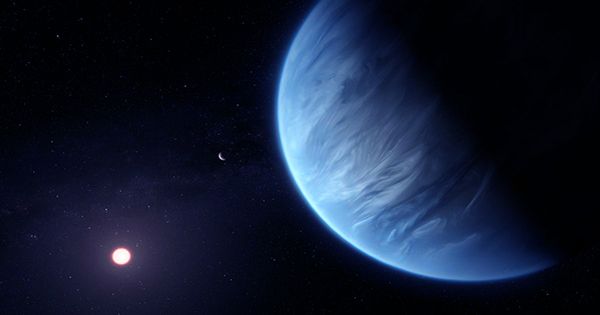Lalande 21185 is a red dwarf in the constellation of Ursa Major. The star is located only about 8.3 light-years away in the southeastern corner of Constellation Ursa Major, the Great Bear which also encompasses the Big Dipper — northwest of Alula Borealis. It is the apparent brightest red dwarf in the northern hemisphere. Although relatively close by, it is only magnitude 7 in visible light and thus is too dim to see with the unaided eye. Despite this, and being relatively close by, it is (as all red dwarfs) very dim, being only magnitude 7.5 in visible light and thus too faint to be seen with the unaided eye. It is about three times too faint to be seen with the naked eye. The star is visible through a small telescope.
Lalande 21185 is a dim red dwarf star that is the fourth closest system to our Sun. It is located about 8.3 light-years away in the constellation Ursa Major.
At approximately 8.31 light-years (2.55 parsecs) away this star is the fifth closest stellar system to the Sun; only the Alpha Centauri system, Barnard’s Star, WISE 1049-5319, and Wolf 359 are closer. Due to Lalande 21185’s proximity to Sol, the star has been an object of intense interest among astronomers. Because of its proximity, it is a frequent subject for astronomical surveys and other research. It was selected as a “Tier 1” target star for NASA’s optical Space Interferometry Mission (SIM) to detect a planet as small as three Earth-masses within two AUs of its host star, but the SIM project manager announced on November 8, 2010, that the mission was indefinitely postponed due to withdrawal of NASA funding. It is known by other designations, such as BD+36 2147, Gliese 411, and HD 95735.

The celestial coordinates of Lalande 21185 were first published in 1801 by French astronomer Jérôme Lalande of the Paris Observatory in the star catalog Histoire Céleste Française. This cool and dim, main sequence red dwarf (M2.1 Vne) has 46 to 55 percent of Sol’s mass, 34 to 46 percent of its diameter, but less than 6/1,000th of its visual brightness, and two percent of its bolometric luminosity. Moving perpendicular to the galactic plane at a fast velocity of 47 km/sec, Lalande 21185 appears to belong to our Milky Way galaxy’s “thick disk,” which has a mean thickness of 3,500 ly.
Lalande 21185 is a typical type-M main-sequence star (red dwarf) with about 46% of the mass of the Sun and is much cooler than the Sun at 3,828 K. The star is less enriched in elements heavier than hydrogen (“metals”) compared to our Sun, with around 63 percent of Sol’s abundance of iron. It is intrinsically dim with an absolute magnitude of 10.48, emitting most of its energy in the infrared. It is suspected to have at least one, but perhaps as many as three, Jupiter-class planets. The proportion of elements other than hydrogen and helium is estimated based on the ratio of iron to hydrogen in the star when compared to the Sun.
Information Source:
















